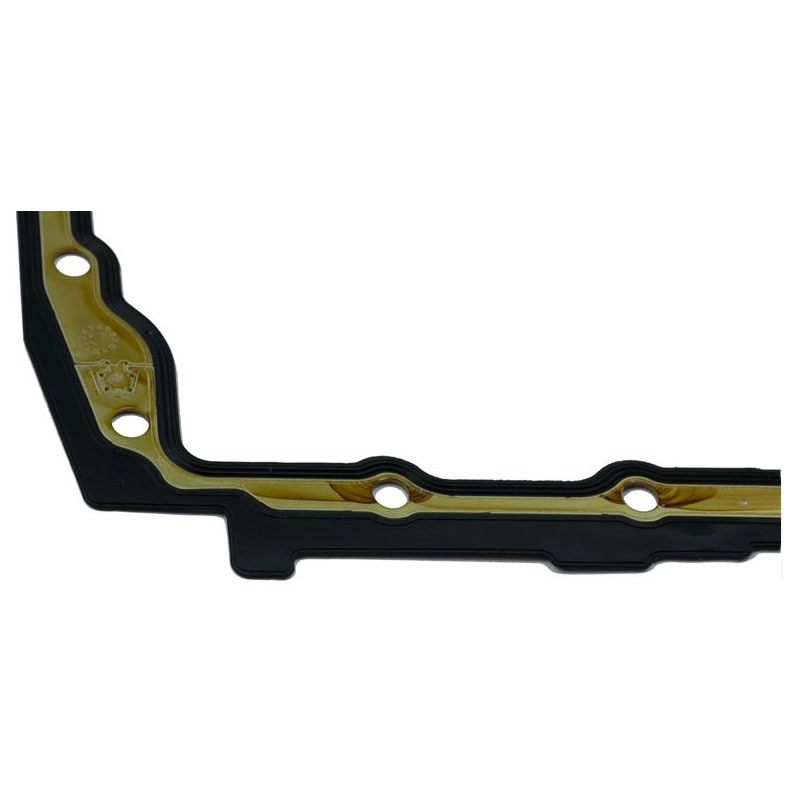Exploring Alternatives to O-Ring Backup Systems for Enhanced Reliability and Performance
The O-Ring and Backup Ring Essential Components in Sealing Technology
In the world of mechanical engineering and fluid dynamics, sealing solutions play an indispensable role in ensuring the efficiency and reliability of various systems. Amongst the myriad of sealing components available, the O-ring stands out due to its versatility and effectiveness. However, to enhance its performance, particularly in challenging environments, the integration of a backup ring has become a common practice. This article delves into the significance of both the O-ring and the backup ring, their applications, and the benefits they offer.
Understanding O-Rings
O-rings are circular rings made from elastomeric materials, primarily used to create a seal at the interface between two or more parts. Their design allows them to compress between the surfaces, filling any gaps and preventing the passage of fluids or gases. The simplicity of the O-ring belies its effectiveness; its ability to withstand pressure variations, temperature fluctuations, and various chemical exposures makes it suitable for a wide array of applications, from automotive engines to aerospace machinery.
The primary function of an O-ring is to achieve a static or dynamic seal. In static applications, the rings are placed between stationary parts, while in dynamic applications, they facilitate sealing in moving parts, such as piston systems. Their widespread use reflects their crucial role in maintaining system integrity and preventing leaks that could lead to machinery failure or operational inefficiencies.
The Role of Backup Rings
While O-rings are effective, they can sometimes struggle under high-pressure conditions or extreme temperatures. This is where backup rings come into play. A backup ring is a solid, non-elastomeric component that supports the O-ring, preventing it from extruding into gaps under pressure and thereby maintaining the seal's integrity. These rings, generally made from materials such as PTFE or other high-performance polymers, are designed to withstand significant pressure and temperature variations.
o ring backup ring

Backup rings are particularly beneficial in dynamic applications where the O-ring may experience high levels of stress. By limiting the O-ring’s movement, backup rings effectively enhance the sealing capability and extend the life of the O-ring itself. This synergy not only optimizes performance but also reduces the potential for costly leaks and failures.
Applications and Benefits
The combination of O-rings and backup rings is commonly found in hydraulic systems, aerospace applications, and high-stress industrial environments. In hydraulic cylinders, for instance, the duo ensures that fluids do not leak, which could compromise both performance and safety. Similarly, in aerospace engineering, where reliability is paramount, the use of backup rings alongside O-rings ensures that critical systems remain sealed under varying atmospheric pressures and temperatures.
The benefits of integrating backup rings with O-rings extend beyond enhanced sealing capabilities. They also lead to reduced maintenance costs and downtime, as the likelihood of seal failure diminishes. Moreover, this combination can promote energy efficiency by preventing fluid leakage, thus conserving resources and improving system performance.
Conclusion
In conclusion, the O-ring, complemented by a backup ring, forms a robust sealing solution suited for a variety of demanding applications. Their combined functionality not only improves sealing performance but also extends the lifespan of mechanical systems. As industries continue to seek greater efficiency and reliability, the importance of understanding and employing effective sealing technologies will undoubtedly remain at the forefront of engineering advancements.
-
The Ultimate Guide to Car Repair Kits: Tools and Essentials Every Driver Should Own
News Aug.01,2025
-
The Complete Guide to Oil Pan Gaskets: Sealing Engine Leaks the Right Way
News Aug.01,2025
-
Preventing Oil Leaks: A Complete Guide to Oil Pan Gaskets and Drain Seals
News Aug.01,2025
-
Everything You Need to Know About Oil Pan Gaskets and Drain Plug Seals
News Aug.01,2025
-
Essential for Car Owners: How to Use a Car Repair Kit to Deal with Minor Breakdown
News Aug.01,2025
-
Comprehensive Guide to Engine Oil Sump Gaskets and Related Seals
News Aug.01,2025
-
The Ultimate Guide to Boat Propeller Bearings and Trailer Wheel Bearings
News Jul.31,2025
Products categories















